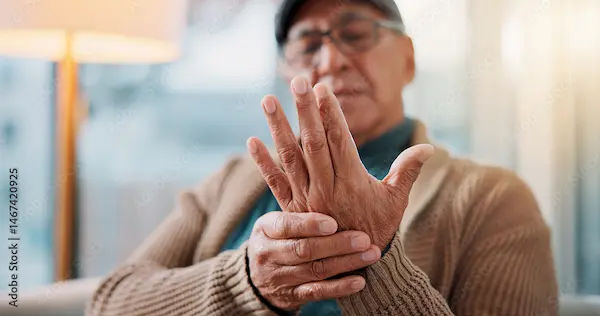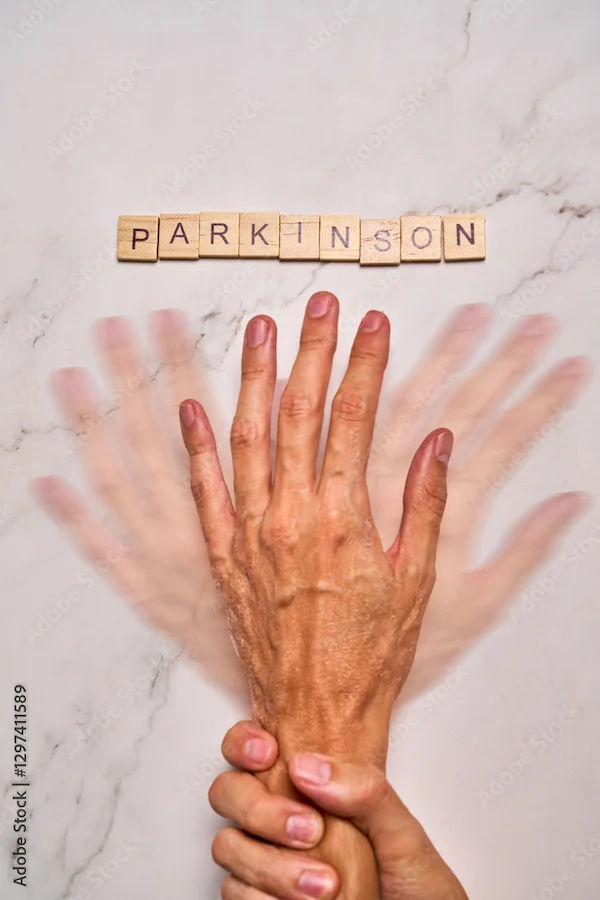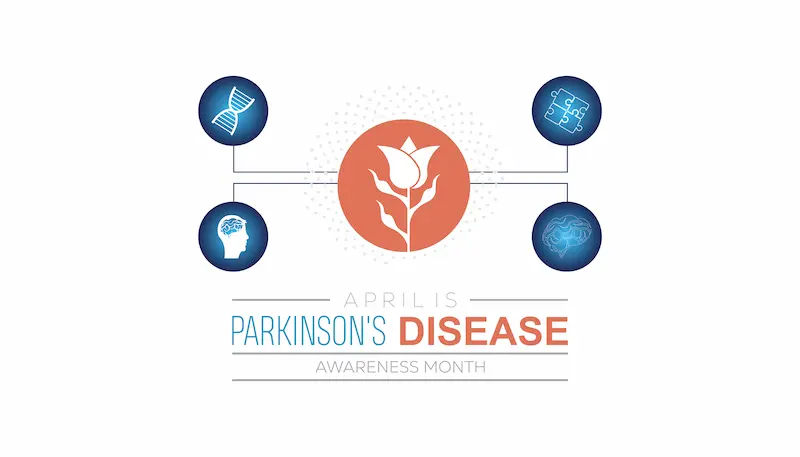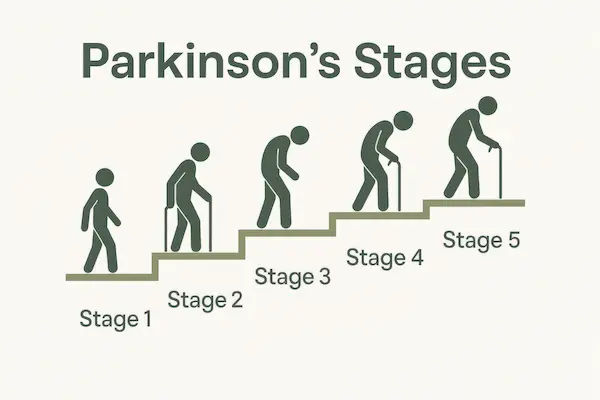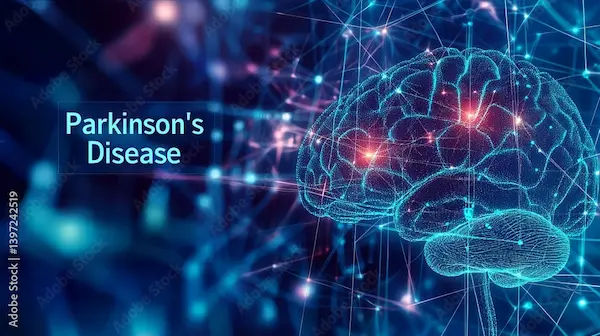Parkinson's Disease: Recognising Early Signs, Risks, and Treatment
Know about parkinsons disease, what it is, warning signs, signals and symptoms, factors influencing the disease, risk and treatment options.

Written by Dr. Siri Nallapu
Reviewed by Dr. Dhankecha Mayank Dineshbhai MBBS
Last updated on 6th Oct, 2025
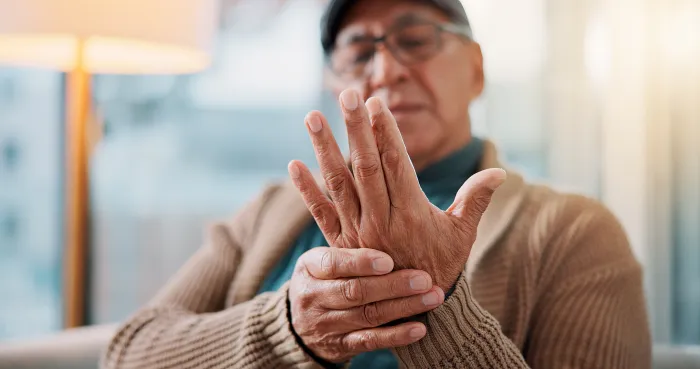
Introduction
Parkinson's disease is often associated with a tell-tale tremor, but it's a far more complex neurological journey that affects nearly 10 million people worldwide. If you or a loved one is concerned about potential symptoms, understanding the full picture from the earliest subtle signs to the latest groundbreaking therapies is crucial. This progressive disorder involves the gradual loss of nerve cells in the brain, leading to a cascade of symptoms that extend beyond movement. This article will guide you through the essential warning signs you shouldn't ignore, explain the key risk factors, and shed light on the innovative treatments that are changing the future of Parkinson's disease care.
What is Parkinson's Disease? More Than Just a Movement Disorder
At its core, Parkinson's disease is a neurodegenerative disorder, meaning it causes the progressive degeneration of specific neurons in the brain. While it's classified as a movement disorder due to its most visible effects, its impact is much broader. The condition arises from the loss of dopamine-producing cells in a region of the brain called the substantia nigra. Dopamine is a crucial chemical messenger, or neurotransmitter, that plays a vital role in coordinating smooth, purposeful movement. When these cells are damaged or die, dopamine levels drop, leading to the characteristic motor symptoms of Parkinson's.
Consult a Neurologist for Personalised Advice
The Role of Dopamine in the Brain
Think of dopamine as the conductor of an orchestra, your muscles. Without a clear signal from the conductor, the musicians (your muscles) can't play in harmony. This results in the uncoordinated, slow, or shaky movements seen in Parkinson's. However, dopamine also influences mood, motivation, and cognition, which is why non-motor symptoms like depression, apathy, and memory problems are also common aspects of the disease. The spread of these Lewy bodies throughout the brain is thought to be linked to the progression of the disease's various symptoms.
The Early Warning Signs: Listening to Your Body's Signals
Recognising the early symptoms of Parkinson's disease can lead to a timelier diagnosis and earlier intervention, which can significantly impact long-term management. The signs can be broadly divided into motor (movement-related) and non-motor symptoms.
Motor Symptoms: The More Recognisable Signs
These are the classic signs that most people associate with Parkinson's. A diagnosis typically requires the presence of bradykinesia plus at least one other motor symptom.
The Resting Tremor
This is often the first symptom people notice. It's a rhythmic shaking that occurs when the muscle is relaxed and disappears during voluntary movement. It often starts in a hand or finger, appearing as a "pill-rolling" tremor where the thumb and forefinger rub together. It's important to distinguish this from an essential tremor, which usually occurs during action (like holding a cup).
Bradykinesia (Slowness of Movement)
This is a progressive slowing down of movement that makes simple tasks difficult and time-consuming. It can manifest as smaller handwriting (micrographia), a shuffling walk with reduced arm swing, or a general feeling of stiffness and slowness when getting out of a chair or turning over in bed.
Muscle Rigidity and Postural Instability
Rigidity refers to muscle stiffness that can occur in any part of the body, limiting the range of motion and causing pain. Postural instability is impaired balance and coordination, which increases the risk of falls, especially in the later stages of the disease. This often presents as a tendency to stoop forward or take rapid, small steps to avoid falling (festination).
Non-Motor Symptoms: The Silent Clues Often Overlooked
Years before the obvious motor symptoms appear, many people experience non-motor signs. Paying attention to these can be key to an early diagnosis of Parkinson's disease.
Loss of Smell (Hyposmia) and Sleep Disorders
A reduced ability to smell (hyposmia) is one of the most common early signs. Sleep problems are also prevalent, particularly REM sleep behaviour disorder, where people act out their dreams, sometimes violently, while still asleep.
Mood Changes and Autonomic Dysfunction
Depression, anxiety, and apathy are very common. Autonomic nervous system dysfunction can lead to constipation, low blood pressure, causing dizziness, excessive sweating, and urinary problems. If you experience a cluster of these symptoms, especially loss of smell alongside chronic constipation or mood changes, it may be worth discussing with a doctor.
Who is at Risk? Understanding the Factors Behind Parkinson's
While the exact cause of Parkinson's remains unknown, research has identified several factors that influence a person's likelihood of developing the disease.
Uncontrollable Risk Factors: Age, Genetics, and Sex
The single biggest risk factor is age. Most people develop symptoms after age 60. A small percentage of cases (about 10-15%) have a clear genetic link, with specific gene mutations passed through families. However, for most, the genetic influence is complex. Men are about 1.5 times more likely to develop Parkinson's than women.
Potentially Modifiable Risk Factors: Environment and Lifestyle
Exposure to certain environmental toxins, such as herbicides and pesticides, has been linked to a higher risk of Parkinson's. On the flip side, some studies suggest that a lifestyle incorporating regular physical activity and a diet rich in antioxidants may have a protective effect, though more research is needed.
The Diagnostic Journey: How Parkinson's is Identified
There is no single definitive test for Parkinson's disease. Diagnosis is primarily clinical, based on a neurologist's assessment of your medical history, a review of your symptoms, and a neurological and physical examination. The doctor will look for the presence of the cardinal motor signs. They may also perform a "levodopa challenge," where a significant improvement in symptoms after taking the medication levodopa supports a Parkinson's diagnosis. In some cases, imaging scans like a DaTscan can help differentiate Parkinson's from other conditions with similar symptoms, like essential tremor, but it cannot confirm Parkinson's on its own.
Beyond Levodopa: A Look at New and Emerging Therapies
Levodopa, which the brain converts into dopamine, has been the gold-standard treatment for decades. While effective, its long-term use can lead to fluctuations in symptom control. The exciting news is that research is delivering a new wave of therapies.
Advanced Drug Delivery Systems
New formulations aim to provide a more continuous supply of dopamine. These include levodopa infused through a pump directly into the intestine (Duodopa) and long-acting, extended-release versions of common medications to reduce "off" periods when symptoms return.
Focused Ultrasound (FUS) and Deep Brain Stimulation (DBS)
For those with disabling tremors, Focused Ultrasound (FUS) is a non-invasive procedure that uses sound waves to target and destroy a tiny area of brain tissue causing the tremor. Deep Brain Stimulation (DBS), a well-established surgical treatment, involves implanting electrodes in the brain connected to a pacemaker-like device in the chest. It delivers electrical impulses to regulate abnormal brain activity and can dramatically reduce motor symptoms.
The Frontier of Research: Disease-Modifying Therapies
The ultimate goal is to find treatments that slow or stop the progression of the disease. Researchers are investigating drugs that target the toxic alpha-synuclein protein clumps (immunotherapies), as well as therapies aimed at protecting and restoring damaged neurons (neuroprotective agents). While most are still in clinical trials, they represent the future of Parkinson's disease care.
Living Well with Parkinson's: The Role of a Holistic Approach
Medication is just one piece of the puzzle. A comprehensive management plan is essential. Regular physical therapy helps maintain mobility and balance. Occupational therapy can suggest adaptations for daily activities. Speech therapy can address voice softening and swallowing difficulties. A supportive community and mental health care are equally important for overall well-being.
Conclusion
Understanding Parkinson's disease from its earliest subtle warnings to the latest advanced treatments empowers individuals and families to navigate this journey with confidence. While a diagnosis can be daunting, it's important to remember that Parkinson's affects everyone differently, and the progression is often slow. The treatment landscape is brighter than ever, with innovative options like focused ultrasound and advanced drug therapies providing significant symptom relief and improving quality of life. If you recognise potential symptoms in yourself or a loved one, the most important step is to seek professional medical advice. If symptoms persist beyond two weeks, consult a doctor online with Apollo24|7 for further evaluation.
6cfd24bb-4a6c-4eb7-b6ec-6f69ec2baa64
Consult a Neurologist for Personalised Advice

Dr. Siddharth Jain
Surgical Gastroenterologist
20 Years • MBBS, MS Surgery, DILS. Sr. Consultant - GI Surgeon
Indore
Apollo Hospitals Vijay Nagar, Indore

Dr. Tanvi Choubey
Ent Specialist
7 Years • MBBS, MS (ENT). Fellowship in Head Neck Onco Surgery . Consultant - ENT
Rourkela
Apollo Hospitals, Rourkela, Rourkela

Dr. Lekkala Rajesh
Gastroenterology/gi Medicine Specialist
12 Years • MBBS, DNB Internal Medicine DrNB Medical Gastroenterology and Hepatology | Medical Gastroenterology
Secunderabad
Apollo Hospitals Secunderabad, Secunderabad
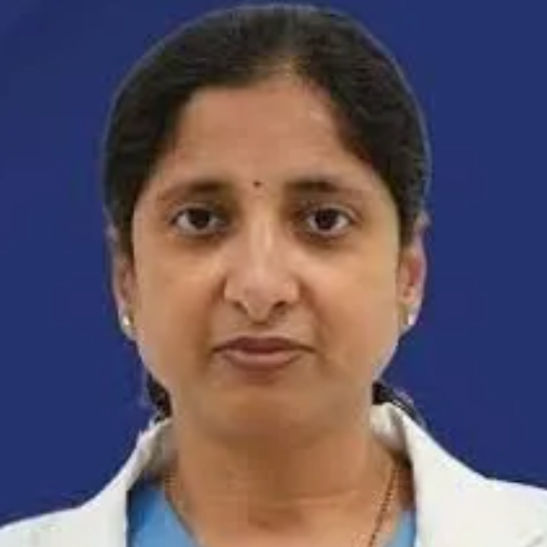
Dr. Bharani Immaneni
Gastroenterology/gi Medicine Specialist
12 Years • MD DM Gastroentrology
Secunderabad
Apollo Hospitals Secunderabad, Secunderabad
(75+ Patients)

Dr. Manju Kamal
Nephrologist
12 Years • MBBS,MD(General Medicine), DNB,DM(Nephrology)
Angamaly
Apollo Hospitals Karukutty, Angamaly
Consult a Neurologist for Personalised Advice

Dr. Siddharth Jain
Surgical Gastroenterologist
20 Years • MBBS, MS Surgery, DILS. Sr. Consultant - GI Surgeon
Indore
Apollo Hospitals Vijay Nagar, Indore

Dr. Tanvi Choubey
Ent Specialist
7 Years • MBBS, MS (ENT). Fellowship in Head Neck Onco Surgery . Consultant - ENT
Rourkela
Apollo Hospitals, Rourkela, Rourkela

Dr. Lekkala Rajesh
Gastroenterology/gi Medicine Specialist
12 Years • MBBS, DNB Internal Medicine DrNB Medical Gastroenterology and Hepatology | Medical Gastroenterology
Secunderabad
Apollo Hospitals Secunderabad, Secunderabad

Dr. Bharani Immaneni
Gastroenterology/gi Medicine Specialist
12 Years • MD DM Gastroentrology
Secunderabad
Apollo Hospitals Secunderabad, Secunderabad
(75+ Patients)

Dr. Manju Kamal
Nephrologist
12 Years • MBBS,MD(General Medicine), DNB,DM(Nephrology)
Angamaly
Apollo Hospitals Karukutty, Angamaly
More articles from Parkinsons Disease
Frequently Asked Questions
1. What is the difference between Parkinson's disease and essential tremor?
Essential tremor is typically an action tremor, meaning it occurs when you're using your hands (like holding a cup or writing). Parkinson's tremor is usually a 'resting tremor,' present when the muscle is relaxed and disappears with voluntary movement. A neurologist can help make this distinction.
2. Is Parkinson's disease hereditary?
In most cases (about 85-90%), Parkinson's is 'idiopathic,' meaning it has no clear genetic cause. However, having a close relative with Parkinson's does slightly increase your risk. A small percentage of cases are directly linked to specific gene mutations.
3. What are the new treatments for Parkinson's tremor?
Beyond medication, Focused Ultrasound (FUS) is a promising non-invasive treatment that targets tremor without surgery. Deep Brain Stimulation (DBS) is a well-established surgical option that can effectively control tremor and other motor symptoms.
4. Can lifestyle changes slow the progression of Parkinson's?
While no lifestyle change can stop the disease, regular exercise (especially aerobic and balance training) is strongly linked to better mobility, slower symptom progression, and improved quality of life. A balanced diet rich in fruits, vegetables, and fibre can help manage non-motor symptoms like constipation.
5. How is Parkinson's disease diagnosed if there's no single test?
A diagnosis is made by a neurologist based on a detailed medical history, a physical and neurological examination assessing for specific motor signs (bradykinesia, tremor, rigidity), and sometimes a positive response to Parkinson's medication. Scans may be used to rule out other conditions.
